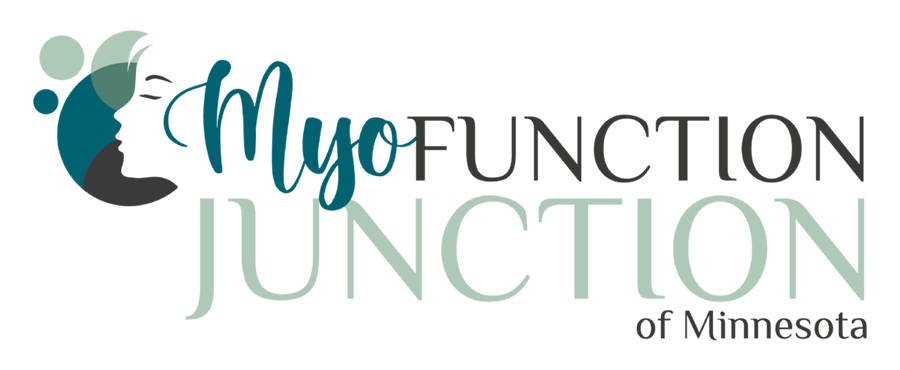OMD are disorders that include at least one of the following:
- Incorrect placement of the tongue at rest (tongue may rest between front teeth, or on floor of the mouth)
- An open mouth rest posture (lips are not closed together at rest)
- Any sucking habit, such as thumb sucking, finger, lip or tongue sucking
Why be concerned about OMDs?
OMDs can cause:
- Dental malocclusions (teeth not closing properly)
- Atypical pattern of swallowing (tongue thrust swallowing pattern with saliva, liquids and solids)
- Difficulty chewing food (“sloppy eaters”)
- Mispronunciation of sounds (i.e. lisp)
- Improper facial growth patterns (development of a long face, retruded chin)
- Jaw joint pain
- Weak lips
In children, OMDs are linked to a disruption of the dental development.
What is a typical tongue placement?
It is expected that your tongue should rest comfortably against the roof of your mouth and the tip of your tongue should be right behind your front teeth. Importantly, your upper and lower teeth should not touch, allowing a resting dental freeway space. Your lips are closed, you are breathing comfortably through your nose with your hands away from your face.
Any changes to those typical tongue and lip resting posture over time, can result in unwanted, permanent changes of dental development.
Can’t orthodontic treatment alone restore the placement of my teeth?
Orthodontists or dentists can realign your teeth and restore your smile, but they do not retrain your tongue to rest in the right spot, switch to nasal breathing or eliminate habits. Over time, it is likely that the habits or behaviors that have initially disrupted your dental development will continue to do so.
What can be achieved with Orofacial Myofunctional treatment?
The goals of orofacial myofunctional therapy are to eliminate habits (such as thumb sucking), and establish:
- An optimal resting tongue position
- Adequate lip seal at rest
- A typical pattern of swallowing
- Bilateral chewing and correct drinking habits
- Nasal breathing, with lips together
- Good neck and head posture
Elimination of habits and use of healthy oral behaviors can also decrease periodontal disease, and reduce the risk of orthodontic relapse (your teeth moving after the removal of dental appliances)
Strengthened muscles and correct tongue placement also has a positive effect on your facial appearance.
How are OMD treated?
Exercises are customized for every patient’s needs. Breaking habits is a difficult task, and success in therapy depends greatly on individual motivation and commitment to the therapy program.
Who treats OMDs?
A Licensed Speech-Language Pathologist or Registered Dental Hygienist trained specifically to treat Orofacial Myofunctional Disorders.

